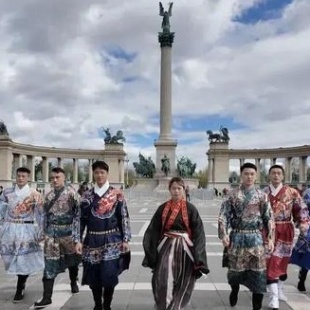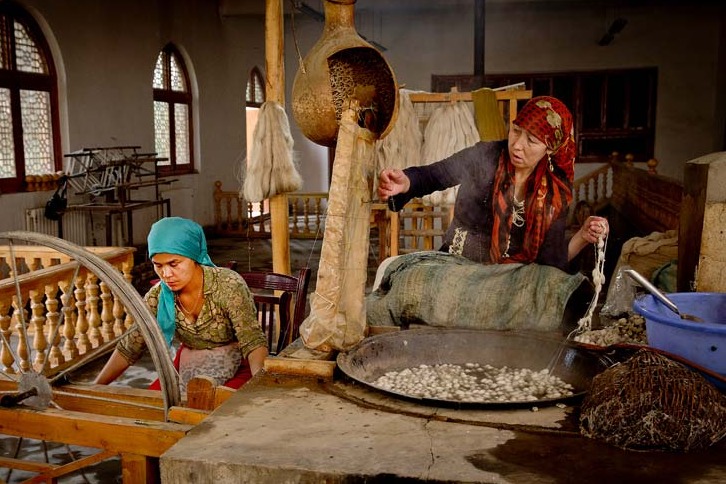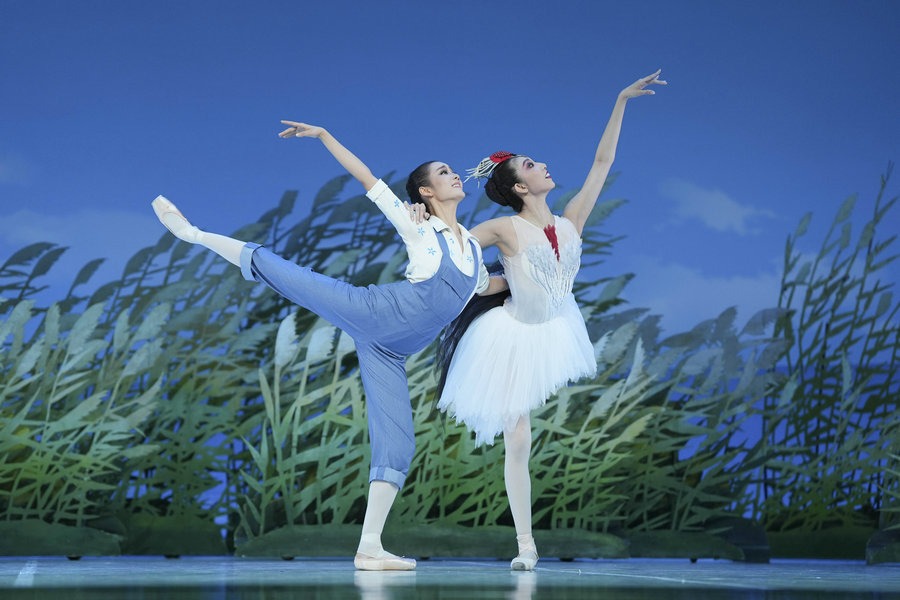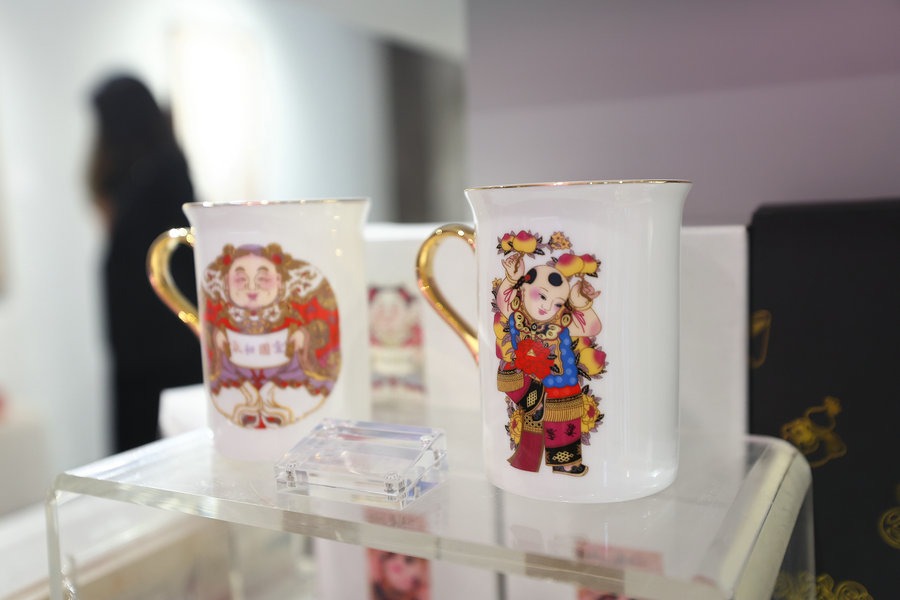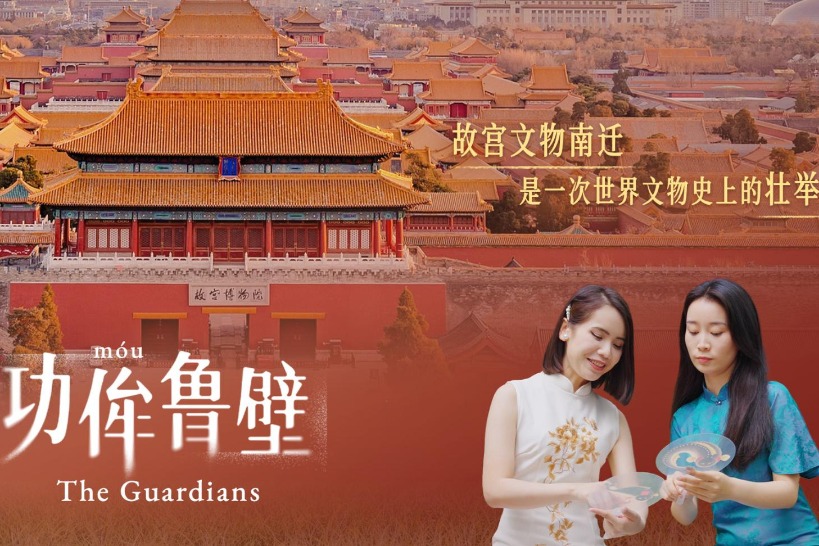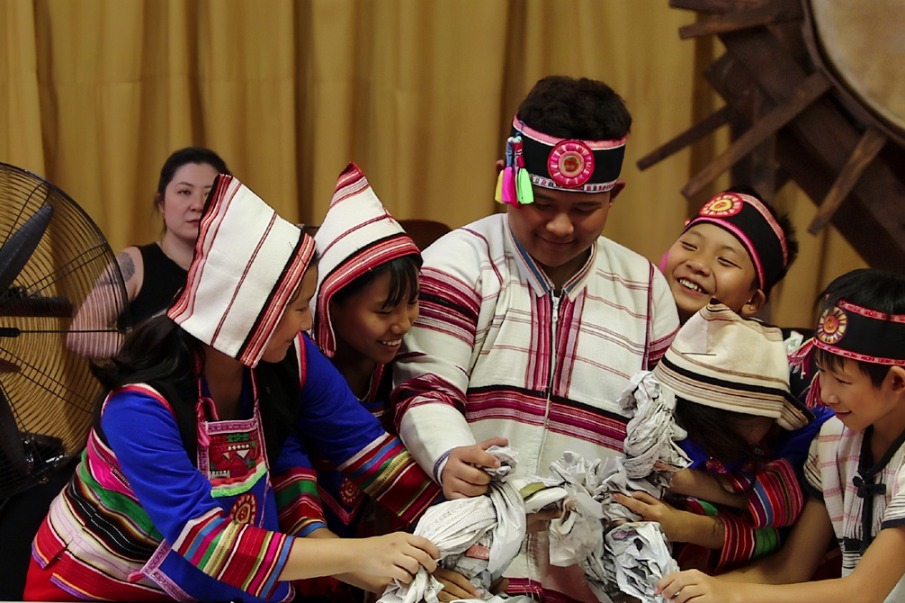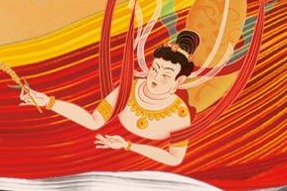Budapest roars with lion dance

The air hums with the rhythmic beats of Chinese drums and the crash of cymbals. Vibrant lion dancers, their manes flowing and eyes flickering, weave through the crowds.
This vivid display of Chinese culture took place on Margaret Island in Budapest during the 5th Family and Friends Gathering of the Hungarian Chan Wu Federation, a local wushu (Chinese martial arts) organization.
"The annual Chan Wu Day in Hungary has become a significant occasion for Hungarian families and friends to celebrate Chinese culture," says Istvan Varga, president of the Hungarian Wushu Association.
"This is a family-focused celebration rooted in the mission of sharing Chinese culture with the public, far more than a casual gathering or sports event. It is a lively, open-air tribute to traditional Chinese culture, one that brings iconic elements, including the lion dance, wushu, tea ceremonies, Chinese calligraphy, and Mid-Autumn Festival traditions, to the heart of Budapest."
Launched five years ago by Julia Balo, a Hungarian tai chi practitioner and author, this tradition was conceived as a bridge that connects Hungarians to the depth and warmth of Chinese cultural heritage.
Each year, the gathering unfolds with Chinese rituals shortly before Mid-Autumn Festival.
This year's lion dancers unfurled red silk banners adorned with a traditional Chinese couplet: "Autumn winds reach every home, the bright moon shines thousands of miles."
Varga summarizes the event as a cultural dialogue between Hungarians and Chinese traditions. "We enjoy the time together and, above all, share the beauty of Chinese culture."
For Mike Sandor, vice-president of the Chan Wu Federation and head of Hungary's Lion Dance Association, the lion dance is a lifelong passion sparked by a visit to China 15 years ago.
"I didn't love the lion dance at first, but my experience in China changed my view," he says.
Sandor has led weekly Sunday classes for over a decade, drawing participants of all ages.
"Our team recently debuted new red-and-yellow lions — colors representing joy and prosperity in Chinese culture — at Budapest's Mid-Autumn Festival," Sandor adds.
"We now have five high-level lions, with a steady influx of young dancers. It is a living tradition here."
University student Roland Olah, who performs as a lion's head, developed his appreciation after watching a show before a wushu contest.
"The lion dance combines athleticism with Chinese cultural symbolism. To bring the lion to life, you must master the control of its eyes, ears and head, and execute stable jumps," he says during practice.
Laura Salamon, 16, also a performer, echoes the cultural significance behind the dance.
"The lion dance is visually spectacular. When the lions enter, the atmosphere fills with happiness. I want to share that joy because the lion represents fortune, protection and cheer in Chinese culture," the high school student adds.


